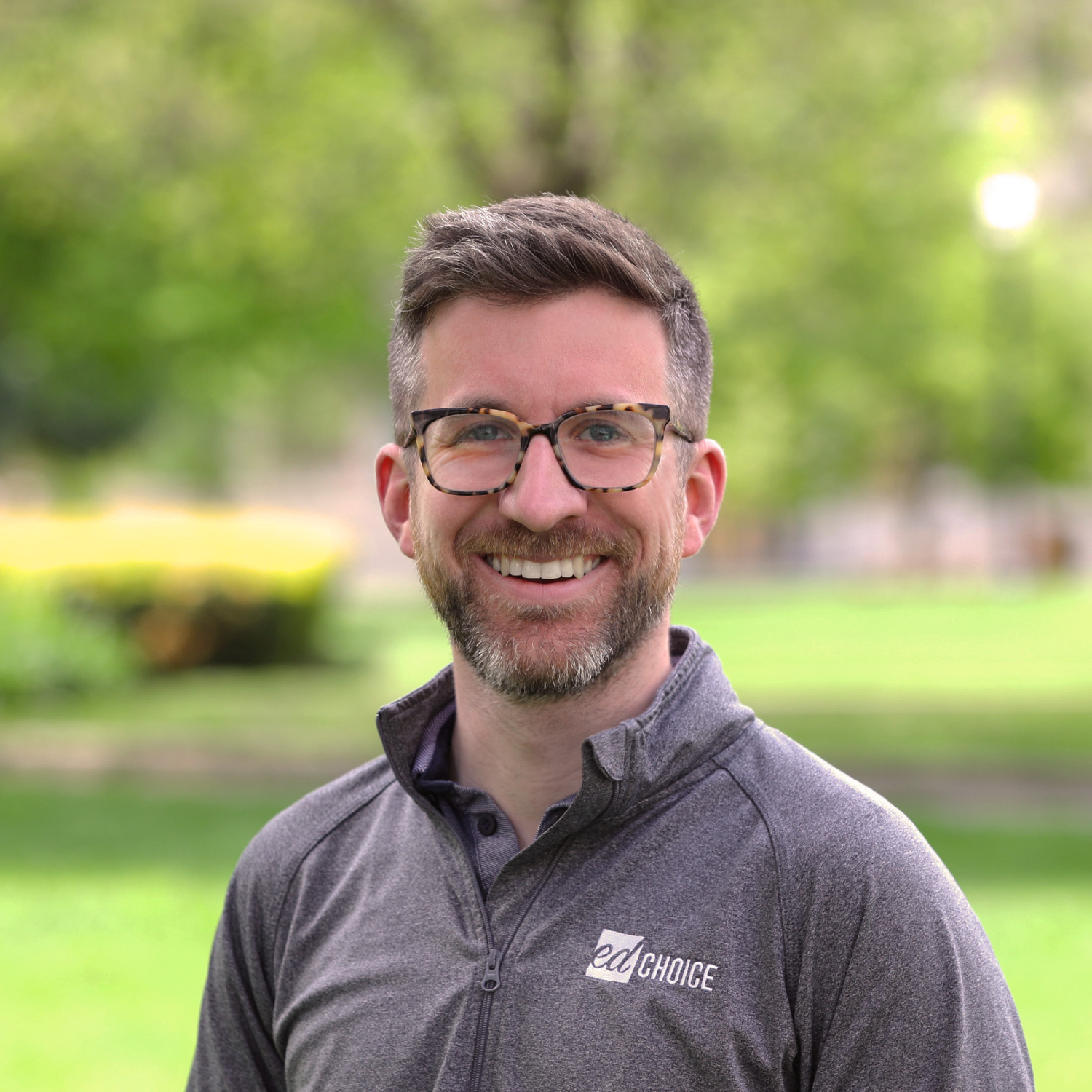Private School Profiles: How The Oaks Academy is Responding to COVID-19
The Oaks Academy is a classical-model, purposefully racially and socio-economically diverse, private school in Indianapolis educating more than 900 students across three campuses. It has routinely been ranked as one of the highest performing schools in Indiana on the state’s ISTEP exam.
As a classical school that focuses on great books and big ideas, technology has not be at the forefront of their pedagogical model. COVID-19 changed that.
In less than a week, The Oaks Academy purchased 600 Chromebooks and started learning the Google suite of products (Google Classroom, Google Meetings, YouTube, etc.). They began rolling out a distance-learning model for their middle school just three days after the state closed schools. They are still using a paper-based model for elementary-age students but are working to launch a digital model in mid-April.
CEO Andrew Hart and Brooke Reeves, the Oaks Academy’s communications director, chatted with me over the phone to tease out some of the lessons that they have learned during this transition.
Here are four:
Lesson #1: Put teachers center stage
As Andrew scans the schooling landscape right now, he sees too many administrators out front directing communications to families. He believes that teachers have the best relationship with their students and their students’ families and thus should be the primary conduit for information. Teachers will be checking in with students and families frequently and will be making sure that technology is working and answering questions that families might have.
This means that it is the administration’s job to communicate clearly and consistently to teachers, so that they know the right things to tell parents. But, if parents have questions, they should be working with teachers and continuing to build their relationship with each other. This also means that the administration needs to work with teachers to get them up to speed on the suite of programs that are being used and how to troubleshoot issues that might arise.
Lesson #2: Consistency, Consistency, Consistency
Given that teachers are taking the lead in communicating with parents and designing their resources and materials, Hart wants them to be a unified front. The Oaks Academy is striving for consistency. Consistency within and between grades. Consistency within and between campuses. Students with different teachers in the same grade should have similar experiences, and families with children in multiple grades should be using the same tools and same platforms so they don’t have to reinvent the wheel with each child.
In such a decentralized model, where children are scattered all over the city, it is easy for misinformation to bubble up. It is easy to have teachers go rogue and do their own thing. The Oaks Academy does not want to see that happen. They want their staff to work together as a team, support each other, reinforce what each other are doing, and keep everyone on the same page.
Lesson #3: Connection is important, too
As a classical-model school, technology is not at the forefront of the Oaks Academy’s model. Classical schools build strong classroom cultures based on discussion and encourage students to read weighty materials, answer questions about them and talk with each other.
As Hart told me, “Learning is one thing, connecting is another.”
Online learning makes all of this much more difficult. As a result, the Oaks Academy is working to build in as many points of connection between students and teachers and students and each other to try and keep their community together and vibrant. While students will have curricular materials that they can work through independently and videos that they can watch and learn from independently, the school is working to create synchronous opportunities for students to join into a group meeting and talk with their teacher and each other.
Lesson #4: Redeploying Staff
Hart and his faculty are most worried about students who might already be disengaged in a traditional, in-person class. Putting that child into an online environment is a recipe for YouTube surfing, not schoolwork. Unfortunately, that child in an online environment is the reality that COVID-19 has put before them, so they have to figure out a solution.
One step that they are taking is deploying instructional aides as one-on-one tutors for struggling students. These folks can give individualized attention to at-risk students and work with teachers to keep them in the loop.
As we were about to hang up, an interesting thing happened. Andrew asked me what I have been learning from other schools that I have been profiling in this series. I tried my best to rattle off a couple of the key themes and tricks of the trade that I have heard from the school leaders that I’ve talked to, hopefully offering something that the Oaks Academy can use. But the very fact that Andrew and his team are as interested in listening as they are in speaking—and are looking for ideas outside of the school—models the type of attitude that educators need to have right now.
Everyone is stumbling through this together. If we work together and share what we’re learning, we can help many more students. I hope this series is accomplishing that.




